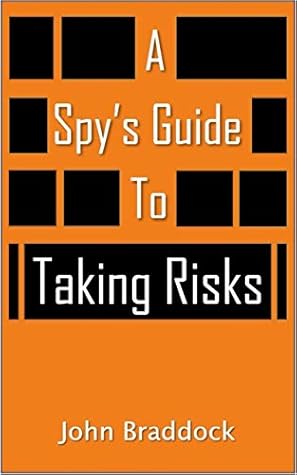More on this book
Kindle Notes & Highlights
When you’re working with small numbers, you don’t take risks the way the people with large numbers do.
Which is why you see people in risky situations do something different: Instead of working to lower the risk of a bad thing, they work to remove necessary conditions. When you remove a necessary condition of a risk, the risk can’t exist.
When you’re taking risks, you’re not passive. You’re active. You add layers of low-probability necessary conditions to lower the risk of a bad thing happening.
good things have necessary conditions, too. Just like with bad things, taking away the necessary condition of a good thing means the good thing can’t exist.
With good things, you’re trying to keep all the necessary conditions. You’re trying to make sure they all exist at the same time. You’re trying to make sure all the necessary conditions exist and combine. So you get the effect.
To increase the chance of a good thing happening, you put lots of OR operators high in your model. You create lots of substitutes. You create lots of ways for the good thing to happen.
Inside every model are two important things: Necessary conditions (separated by & operators) and substitutes (separated by OR operators).
The simplest way to lower risks is to remove a necessary condition. Remove a necessary condition, and the bad thing has a probability of zero. A lot of the time, you can’t do that. So instead, you layer on low-likelihood necessary conditions. If you can’t do that, you create fallbacks. So you can react to bad things before they get worse.
For good things, there are also necessary conditions. There are also substitutes. To increase the chance of a good thing happening, we elevate the substitutes to the top level of simple models. And we have substitutes for as many necessary conditions as possible.


